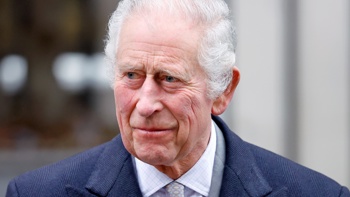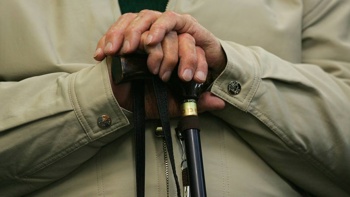Working from home and lowering the number of people allowed at gatherings are all back on the table as the Government continues to plan for an inevitable Omicron outbreak.
Health officials are in the process of reviewing the current traffic light settings that were designed with Delta in mind because Omicron is a "different beast", according to director-general of health Dr Ashley Bloomfield.
Bloomfield this morning gave an insight into the Government's latest plans following calls from experts for the traffic light system to be tailored specifically for Omicron.
Prime Minister Jacinda Arden said yesterday that it was a "case of when, not if" New Zealand had an Omicron outbreak.
Speaking to Tim Dower on Newstalk ZB, Bloomfield said the health response wouldn't necessarily be around more lockdowns and other measures could be taken to protect New Zealanders against the more transmissable Omicron variant, which the vaccine was also less effective against.
"The question is not so much about lockdowns, but what additional restrictions on movement or advice might you do."
Working from home and reducing the number of people allowed at gatherings were all addition measures that could be done without constituting a lockdown, he said.
Parts of the Government's response to Omicron were already in place, including bringing forward the very important rollout programme for booster shots and requiring people stay in MIQ for 10 days.
The booster programme was a "key plank" in the planning, he said.
"We know there is good evidence that the booster is necessary and very effective against Omicron, so I encourage everyone to get out and get that."
Epidemiologist Dr Michael Baker said yesterday that Omicron behaved differently and a different set of interventions to dampen transmission was needed.
"Every single one of those pillars needs to change for Omicron. That's by far our biggest threat. Everything needs to be revised to deal with this new virus that behaves quite differently."
Auckland University associate professor of public health Dr Collin Tukuitonga agreed a revision of the different measures within it was needed to better respond to Omicron.
Bloomfield said New Zealand was not as vulnerable as a number of other countries that had been struck by Omicron because it had very high vaccination rates for the first two doses.
But Bloomfield said turning down the tap on people coming from overseas was not as easy to do as it was to say and the important thing was that New Zealand had a good MIQ programme.
The border workforce testing programme was also helping and was how the MoH was able to pick up the latest community case quickly, he said.
While the booster rollout was underway, they were working very hard to keep the virus out of the country for as long as possible.
Yesterday, just over 14,000 children were vaccinated around the country.
He said it was a "great start" and good to see a high level of interest from both parents and children.
More than 120,000 doses of the vaccine had been sent to 500 different locations around the country prior to the launch of the vaccine for 5- to 11-year-olds so there were plenty of places where people could get vaccinated, he said.
Bloomfield denied there had been any communication failure with pharmacies and the feedback he had seen on social media and mainstream media from parents and kids had been really positive.
He would not comment on the legal challenge to the vaccine rollout for children because it was before the courts, but said he was really confident in the approval process MedSafe undertook. "It's rigorous, it's world class."
Take your Radio, Podcasts and Music with you









